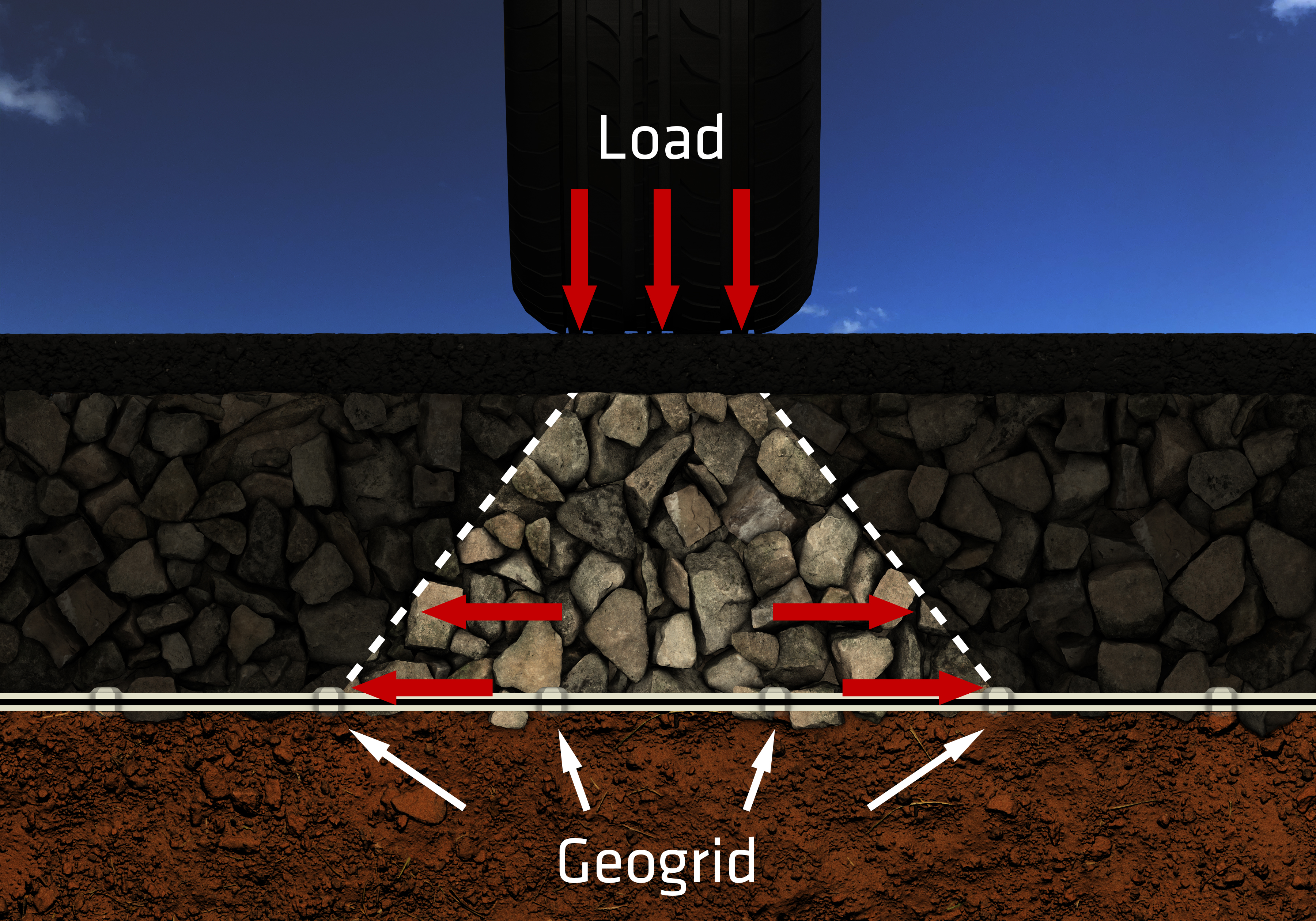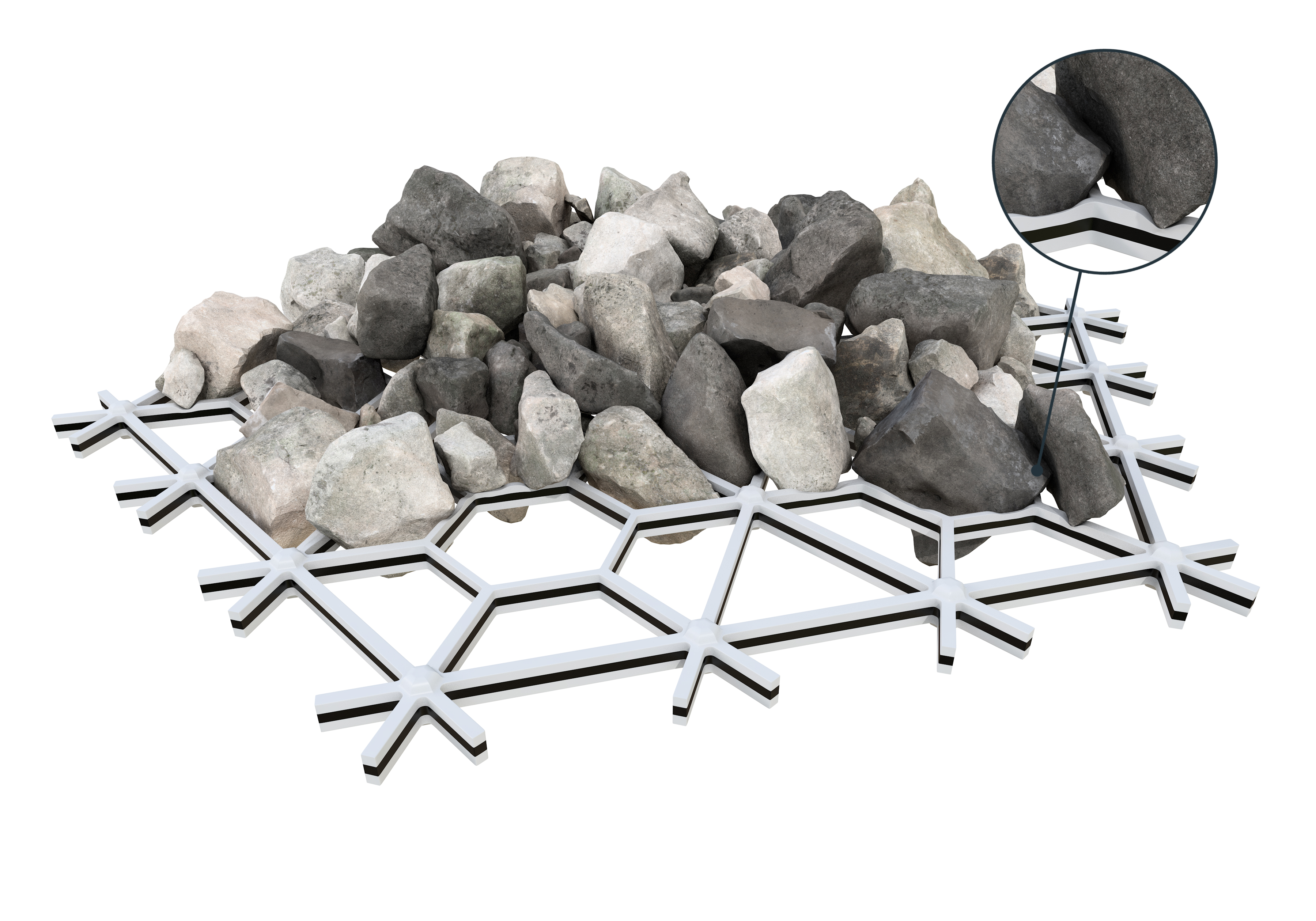How to Design Road Pavement More Efficiently with a Pavement Optimization Strategy
by Joe Heintz, P.E., on August 26, 2022
Pavement engineers are often charged with delivering a high-performing road design on a dismal construction budget. With client expectations increasing and roadway construction and maintenance budgets steadily on the decline, “miracle worker” has become a major part of the job description. It’s obvious that conventional structural pavement design methods are no longer cutting it. However, forward-thinking engineers are gaining traction with alternative strategies like pavement optimization to design the best performing roads for the lowest cost.
So, what is pavement optimization?
It’s an innovative concept in structural pavement design that gives the designer the ability to adjust the design to meet requirements as efficiently as possible. Here are some examples:
1) Optimize for initial cost
Significantly reduce the pavement thickness --> Get the original road design life but save on initial costs
2) Optimize for (cost neutral) pavement performance
Slightly reduce the pavement thickness --> Get 3x the original design life and pay the same initial cost
3) Optimize for life cycle cost
Use the same pavement thickness --> Pay more upfront on the construction but greatly reduce life cycle cost.
How Does Geogrid Work?
The next question you may have is, “How can I possibly get improved performance by decreasing pavement thickness?” Reducing pavement thickness may seem counter-intuitive; however, Tensar geogrid is the key that makes pavement optimization a viable strategy.
 A geogrid is a geosynthetic material used to stabilize the soil. Geogrids have openings, called apertures, which allow aggregate to strike through and provide confinement and interlock. Aggregate movement is greatly minimized and stiffness values are improved and maintained over time. Research has shown that integrating this stiffened layer, known as a mechanically stabilized layer (MSL), into the design improves the long-term performance of the roadway. Pavement optimization works within AASHTO design methodology, allowing engineers to precisely quantify the benefit of integrating an MSL into the roadway section.
A geogrid is a geosynthetic material used to stabilize the soil. Geogrids have openings, called apertures, which allow aggregate to strike through and provide confinement and interlock. Aggregate movement is greatly minimized and stiffness values are improved and maintained over time. Research has shown that integrating this stiffened layer, known as a mechanically stabilized layer (MSL), into the design improves the long-term performance of the roadway. Pavement optimization works within AASHTO design methodology, allowing engineers to precisely quantify the benefit of integrating an MSL into the roadway section.
 Tensar InterAx geogrid is the most advanced geogrid currently on the market for trafficked surfaces. It combines coextrusion and advanced material science with an optimized geometry to dramatically improve soil interaction and trafficking performance. It also drives superior performance across a broader range and quality of aggregate types and gradations, giving you more flexibility in your aggregate choice.
Tensar InterAx geogrid is the most advanced geogrid currently on the market for trafficked surfaces. It combines coextrusion and advanced material science with an optimized geometry to dramatically improve soil interaction and trafficking performance. It also drives superior performance across a broader range and quality of aggregate types and gradations, giving you more flexibility in your aggregate choice.
Tensar, the manufacturer of InterAx, has conducted decades of research to study the effect of geogrid on road pavement design. This research has been validated by leading experts in the field. Now, engineers can design for increased performance and lower design risk, while maximizing the project’s cost-effectiveness.
 Real World Example: OR201 Interchange
Real World Example: OR201 Interchange
This roundabout project encountered pumping due to saturated conditions and was unable to pass a stringent proof roll requirement. Tensar+ software was used to design a new section with InterAx geogrid. The new InterAx design provided better performance than an older generation geogrid design that resulted in time and cost savings and allowed the project to stay schedule.
Click the image to download this Customer Success Story.
You might also be interested in...
Start designing better pavements for your project and discover the true value of using Tensar geogrids in your pavement sections. Access the award-winning Tensar+ Design Software today and tap into the full benefits of Tensar's knowledge and experience in analyzing both subgrade stabilization and pavement optimization applications.
Access Tensar+ Design Software



